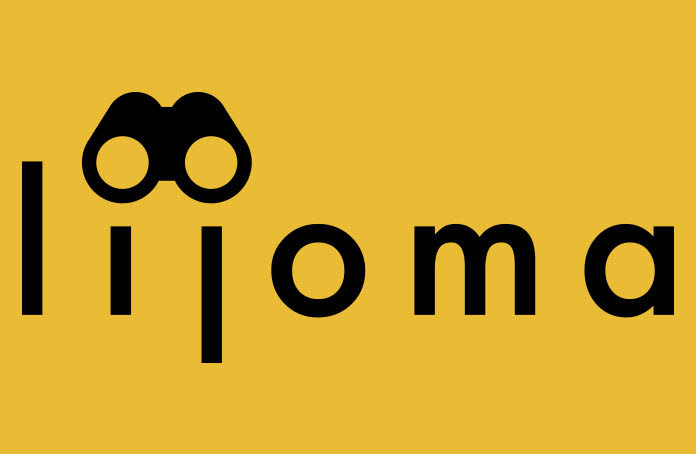FACT FILE
POPULATION 1.1 million
LANGUAGE Arabic, Berber, French
TIME ZONE GMT-1
CURRENCY Dirham (dh)
ELECTRICITY 220v 50Hz
DID YOU KNOW? Fez’s car-free Medina is the largest pedestrianised area in the world
FLIGHTS TO FEZ
From the UK, Ryanair flies from Stansted to Fez twice a week, on Wednesdays and Saturdays, returning on the same days; our Mini Break Fez itinerary is based on flying out on a Saturday and returning on a Wednesday.
From Ireland, you’ll need to fly to Fez via Stansted.
From the US, you'll have to fly to Fez via the UK, Spain (with Iberia) or Germany (Lufthansa).
From Canada, your best bet is to fly with Air Canada or Air Transat (from Toronto and Montreal) to Barcelona and then take a connecting Air Arabia flight from there to Fez.
You can search for the most convenient routes and the best fares at Skyscanner. Flight time from London is a child-friendly 3 hours to Fez Saïss (FEZ), 15km south of the city.
Taxis to Fez from the airport cost 120dh and will drop you off at one of the gateways or squares on the edge of the (car-free) Medina; arrange in advance for your riad to send someone to meet you (handy at any time but vital if it’s your first trip to Fez), who will bring a little trolley for your luggage.
VISAS AND PASSPORTS
For stays of up to 90 days, UK, Irish, US and Canadian passport holders do not require a visa to visit Morocco. Opinions on how long your passport needs to be valid vary between consulates (and officials on the ground!), so it’s better to be on the safe side and make sure that your passport is valid for at least 6 months beyond the date of your stay. Entry requirements do change, however, so check the latest with your relevant Moroccan consulate.
HEALTH AND SAFETY IN FEZ
Technically, you don’t need any immunisations to visit Fez, but check with your GP that you’re up to date with all of the vaccinations that are part of the routine childhood immunisation programme in Britain (ie diphtheria, tetanus, polio). If you’re going to be in Fez for a while, you may also be advised to have jabs for hepatitis A and typhoid. Remember to check with your GP at least six weeks before you travel, and make sure you take out sufficient travel insurance for your trip.
The most common problem is an upset tummy, the risk of which can be reduced by practising good hygiene (applying hand gel fairly regularly helps) and taking sensible precautions with food and water. In Fez, tap water is technically fine to drink, but it’s better to play it safe and drink bottled water – though check that the seal hasn’t been broken. If you do get diarrhoea, stick to plain couscous for a few days and treat with rehydration salts. If you have food allergies, it’s a good idea to carry a dietary card; these explain (in Arabic) the food(s) you’re allergic to and also remind the chef that their dishes can also be contaminated during preparation as well.
You'll get less hassle in Fez than in Marrakesh – and if you've got young children in tow, you’ll get less hassle full stop. A few polite but firm “No, thank you”s, delivered with a smile, is normally enough for wannabe guides or pushy salesmen to lose interest.
Fez el Bali’s Medina is generally a very safe place, although it’s best to to keep your explorations to between 8am and 9.30pm; the alleyways can be eerily quiet at other times, and it’s even harder to find your way home late at night, when there’s no-one around to help point you in the right direction. You should also avoid the possible temptation of walking up the hill (and back down again) from Bab Guissa, the gate at the northern end of the Medina, to the Merenid Tombs, as the route passes through some rundown neighbourhoods – much better to catch a petit taxi.
GETTING AROUND FEZ
By far the best way to get around Fez is on foot, which is a good job, as it’s the only way – in the Medina, at least. There are a reputed 10,000 alleys in Fez el Bali, way too many for any map to handle, though it doesn’t hurt to have a very rough idea of where you are – arm yourself with the Plan de Fès map (available from most newsagents from 25dh) but expect to get lost still.
For longer journeys around town (ie to get between the various gates and squares on the fringes of the Medina), use metered petits taxis; there are useful ranks on the square near Bab Boujeloud (for Talâa Kebira and the Medersa Bou Inania), on Place Batha, and on the square just outside Bab er R'cif (for the tanneries). Note that fares increase by 50 percent after 8pm.



